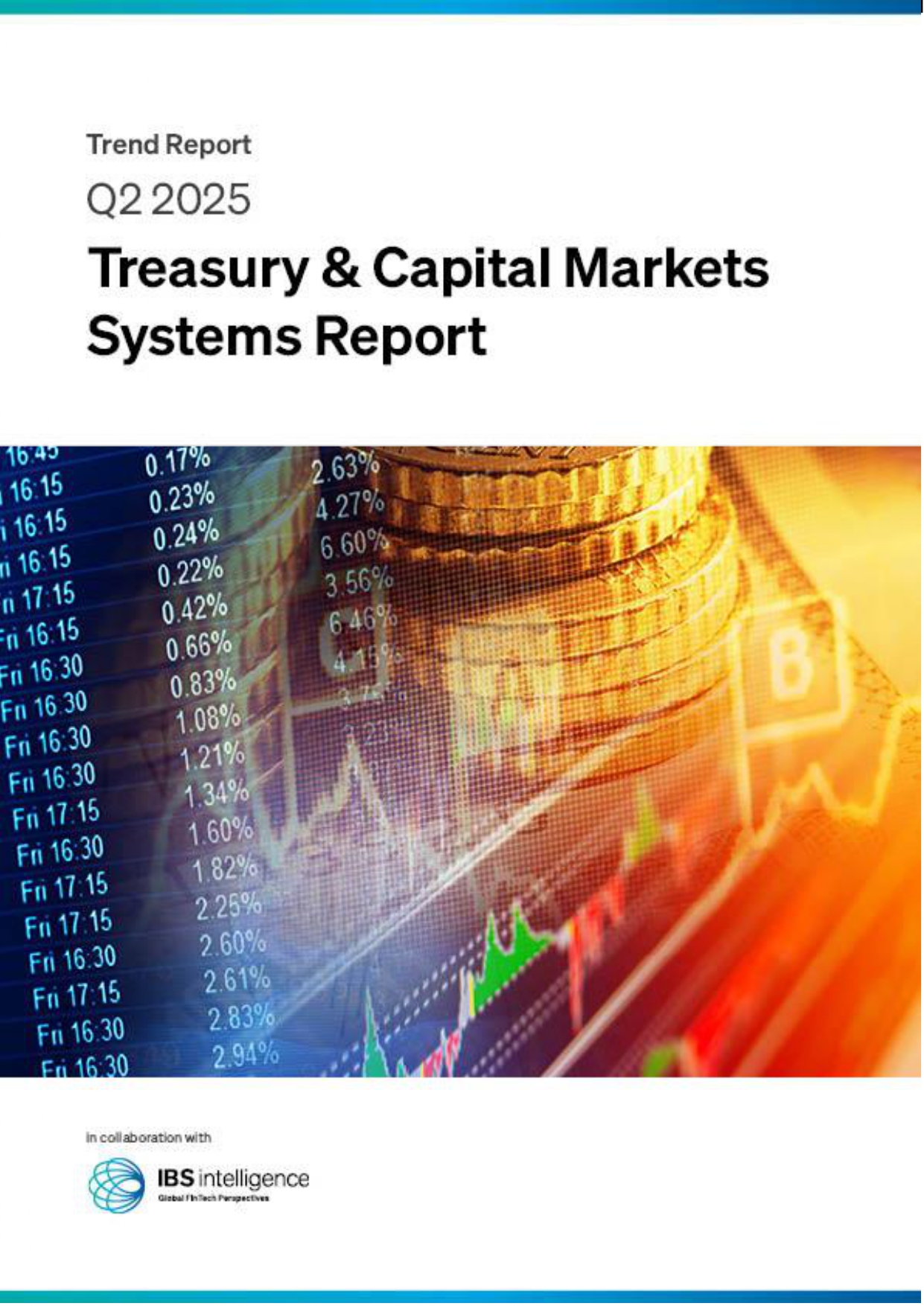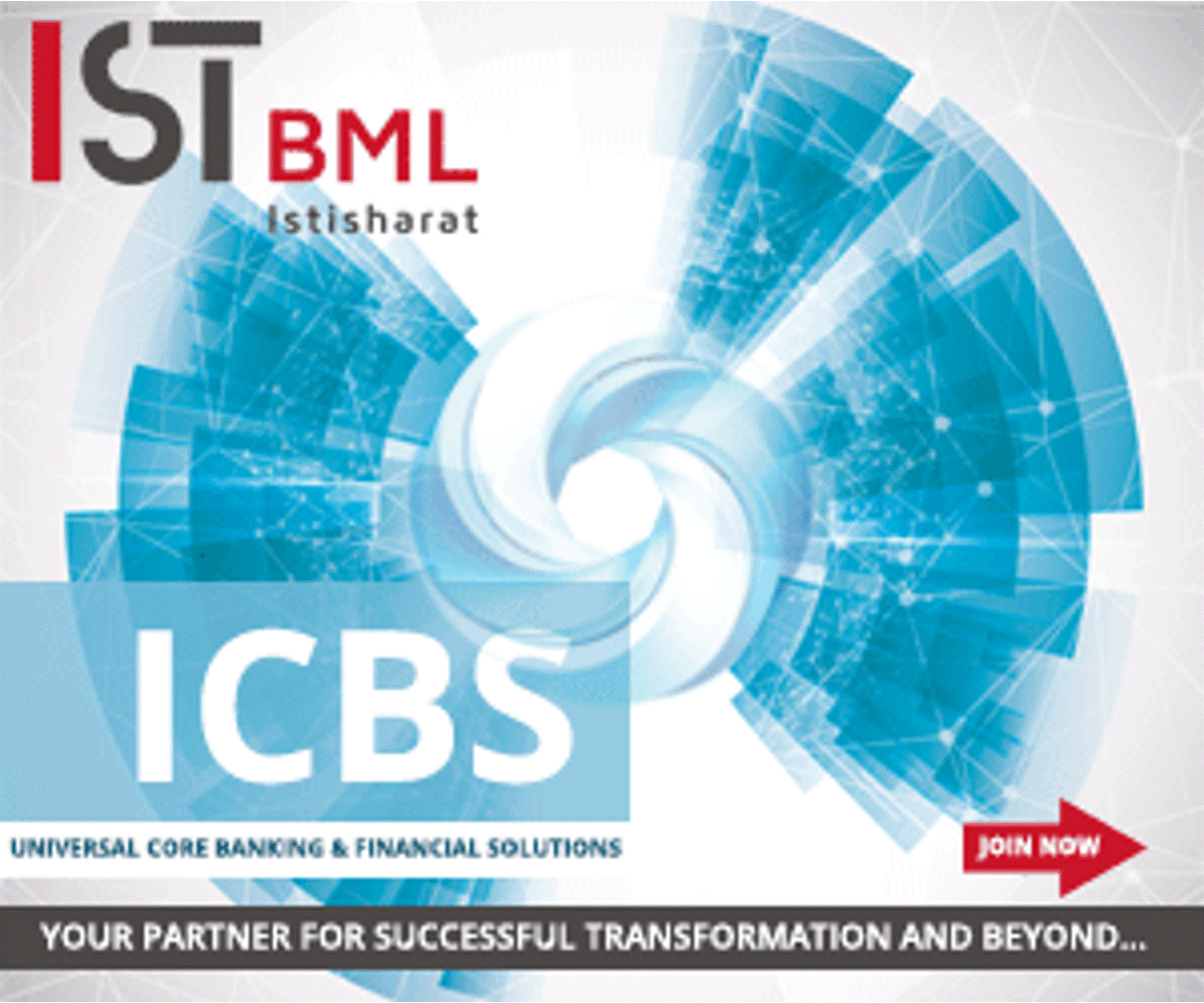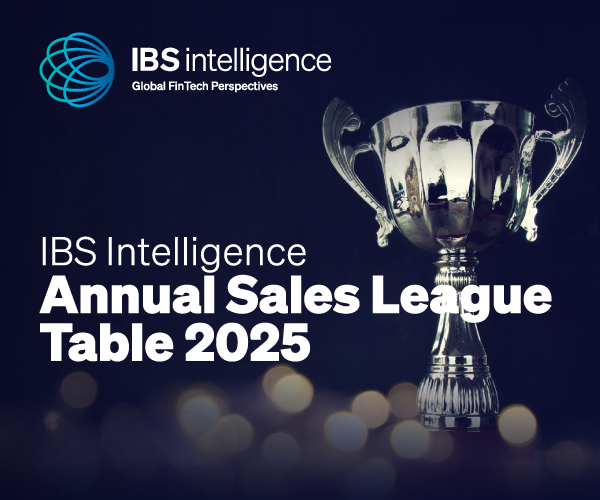 Back
Back
Payment processing offers compelling business opportunities for banks
By Puja Sharma
Independent research conducted by Celent on behalf of Icon Solutions has revealed that, in response to commercial pressures and changing the scheme and regulatory requirements, payment processing is transforming from a commodity to a business, creating compelling new value opportunities for banks.
The survey, launched at Sibos, found that the current payments processing model for account-to-account (A2A) payments is unsustainable, with 86% of Tier 1 banks finding margins on payments challenging to maintain – up from 59% in 2021. In response, banks are increasingly turning to vendors and third parties for payment processing, enabling focus to remain on other strategic priorities. According to the report, 57% of tier 2 and 3 banks currently partner with vendors to dedicate internal resources to business innovation initiatives. The survey identifies approaches to move account-based payments from cost-center to revenue stream.
This market dynamic presents a sizeable opportunity for banks to adopt Payments Processing as a Business (PPaaB) strategies. Although many banks already provide payment and banking services to other banks through existing correspondent banking models, there is significant potential to expand these opportunities further. The data indicates that 22% of tier 2 and 3 banks would now consider another bank as their full strategic payments sourcing partner. This comes as 87% of tier 1 banks have actively considered spinning out payments as a separate business.
“The payment processing landscape is highly dynamic, but any bank wishing to enter this space has the potential to bring new value to the market”, said Kieran Hines, Principal Analyst at Celent. “As regulated entities, banks are uniquely positioned to offer something closer to an end-to-end service to other banks, potentially including services around compliance, customer care, liquidity, and settlement. This would be a compelling proposition for mid-sized banks to consume and represents a clear opportunity for larger institutions to grow revenue, increase processing scale, and accelerate the pace of their payment systems modernisation plans.”
Despite the importance of easing margin pressures, the survey also found that PPaaB strategies must go further and be focused on supporting the delivery of value-added services that deliver innovative offerings to customers. Banks attempting to enter this market will need to invest in new capabilities as well as adopt the mindset of a vendor or FinTech, about service delivery and improvement.
Toine van Beusekom, Strategy Director at Icon, said “Emerging requirements are creating new value opportunities. For example, open banking regulation is driving significant increases in the adoption of A2A payments as a cheaper, faster alternative to card-based payments. But as competition around A2A payments intensifies, banks will come under pressure from FinTech players and big tech. This allows banks to leverage their unique technological and regulatory assets to deliver the value-added services, such as credit, dispute handling, and insurance, needed for A2A payments to truly match card products and not cede ground to new market entrants.”
The report notes that capitalising on the transformation of payments processing will require banks to undergo a payments transformation of their own. To succeed, banks will have to modernise and adopt a cloud-based, elastic, and connectivity-focused approach. Investment in skills and new capabilities will also be crucial.
Beusekom adds: “Bringing a competitive PPaaB offering to the market and running payments as a profit center is not straightforward. It demands a clear strategy that is built on sustainability, resilience, and independence, underpinned by technology solutions that put banks back in control and allow them to grow their offering at their own pace to meet new requirements. And for banks on the journey to choosing a PPaaB provider, the demand side must be effectively planned and prepared to ensure a smooth vendor selection process.”
IBSi FinTech Journal
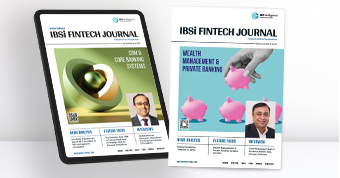
- Most trusted FinTech journal since 1991
- Digital monthly issue
- 60+ pages of research, analysis, interviews, opinions, and rankings
- Global coverage
Other Related News
Related Reports
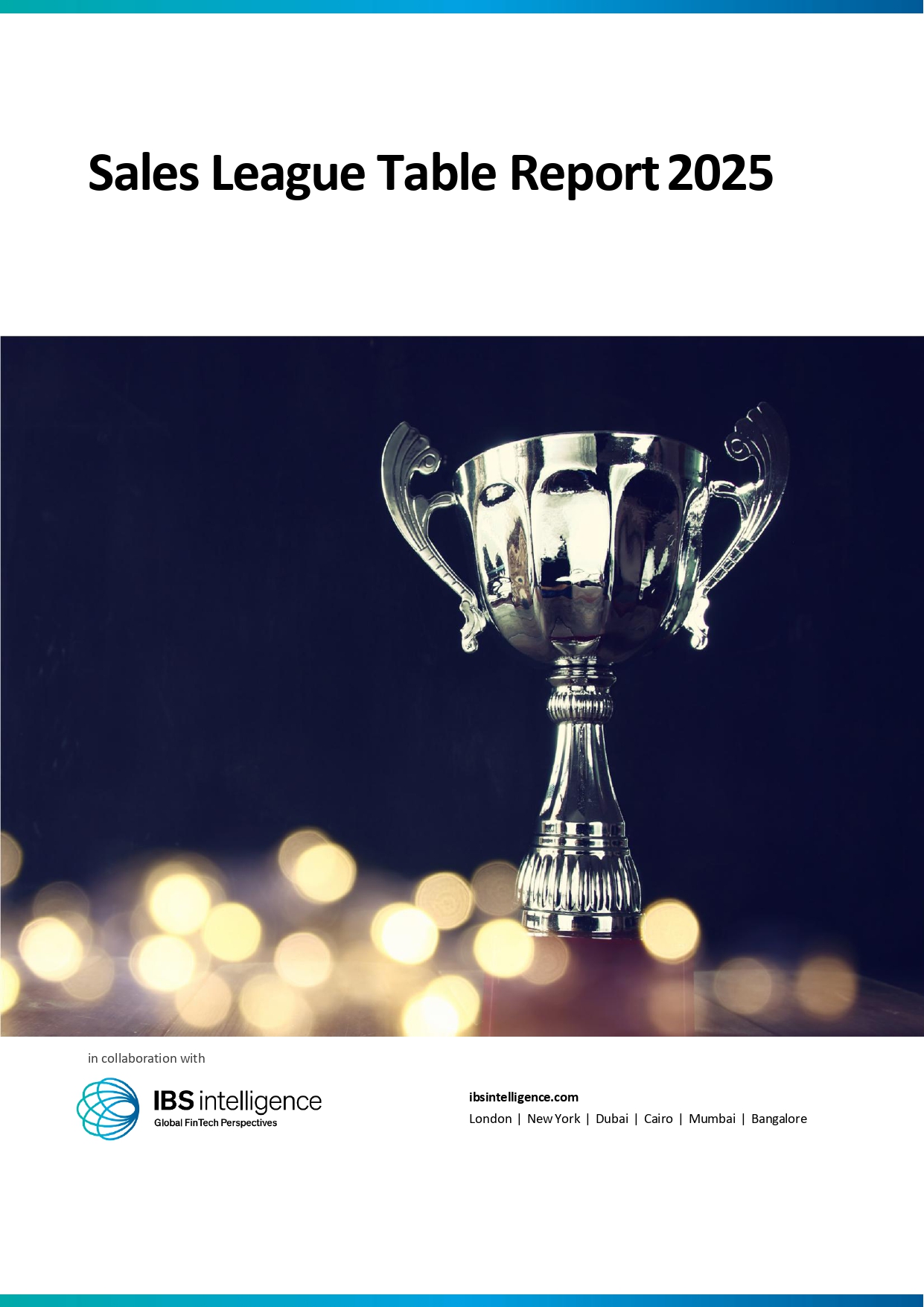
Sales League Table Report 2025
Know More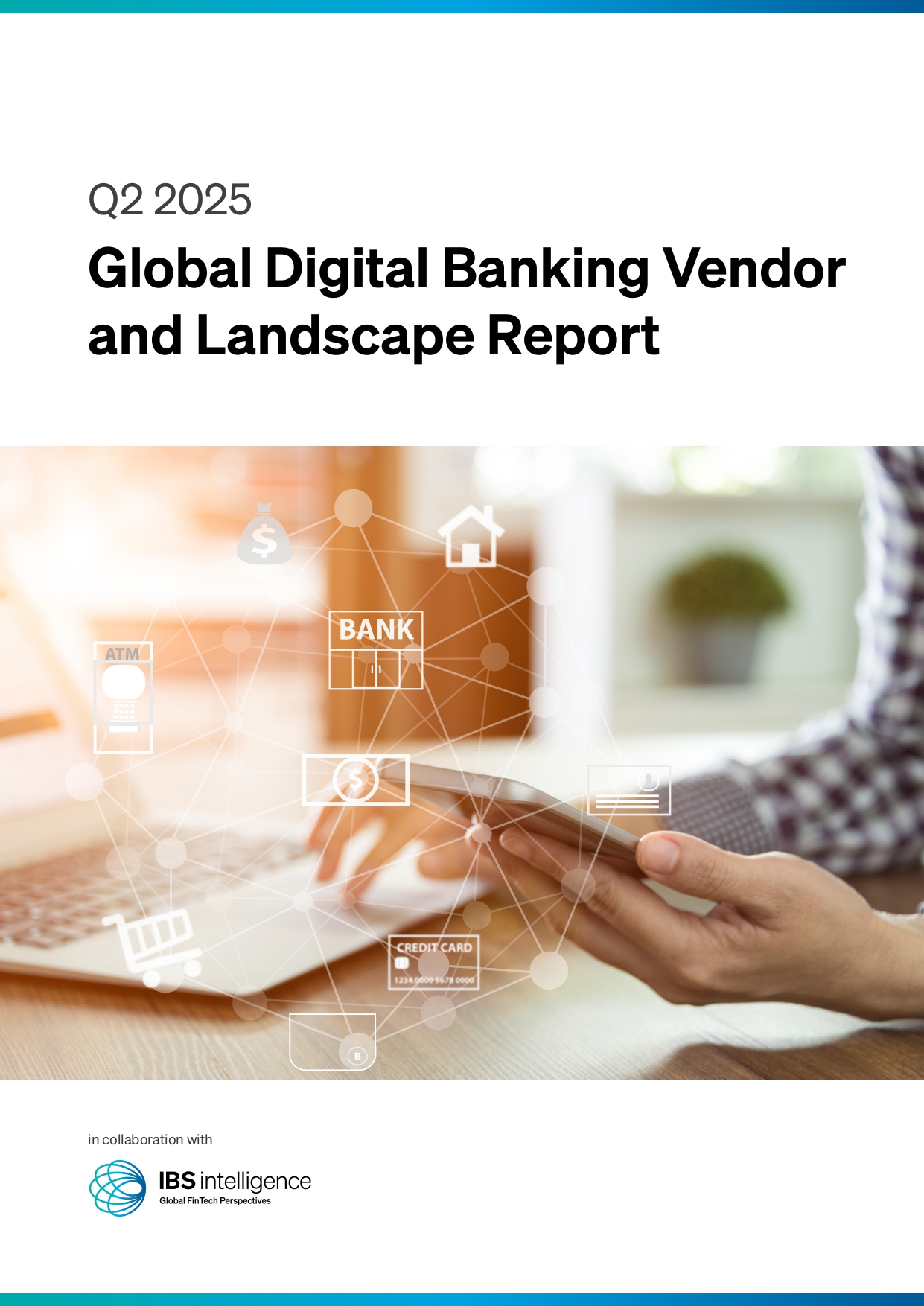
Global Digital Banking Vendor & Landscape Report Q2 2025
Know More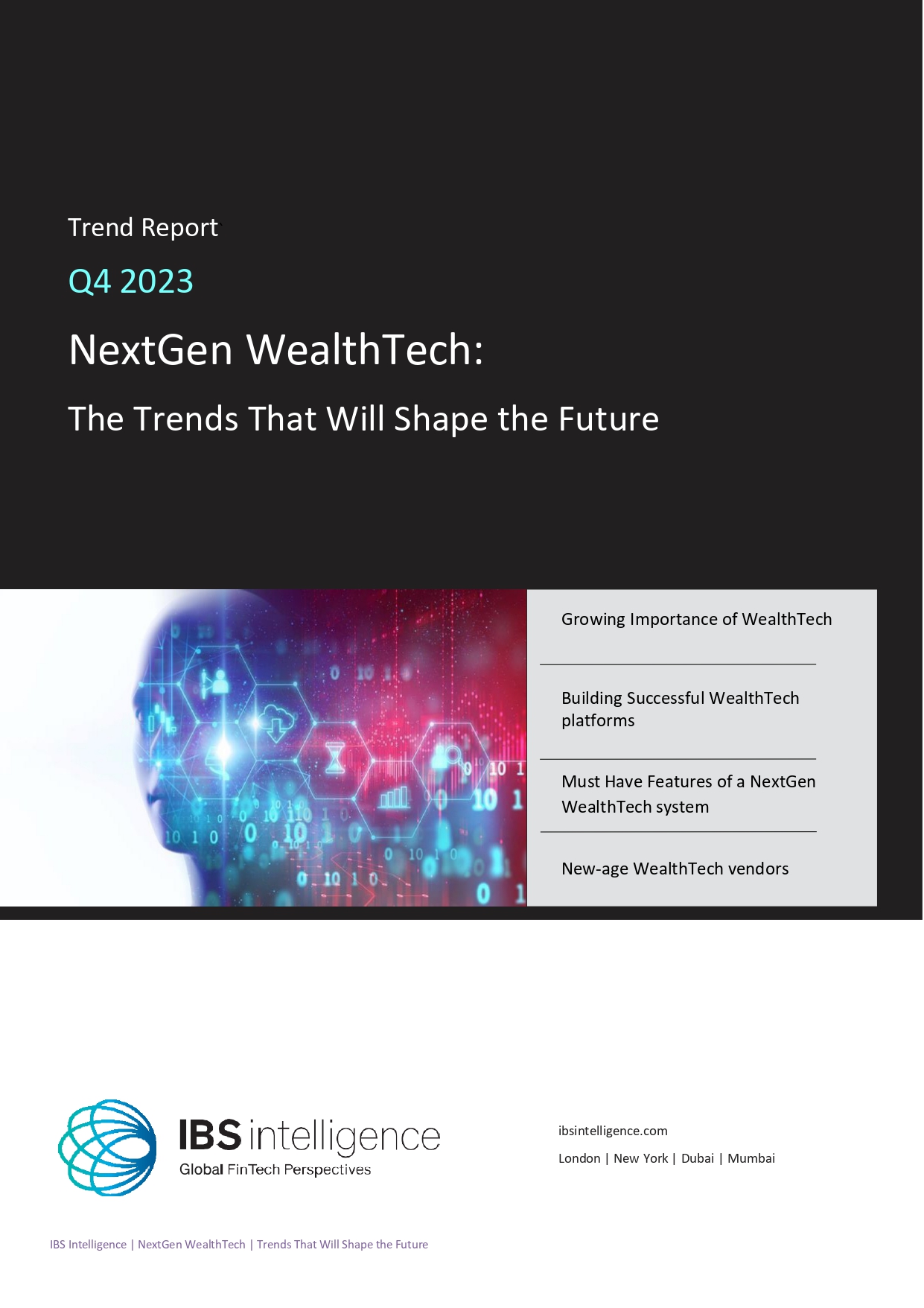
NextGen WealthTech: The Trends To Shape The Future Q4 2023
Know More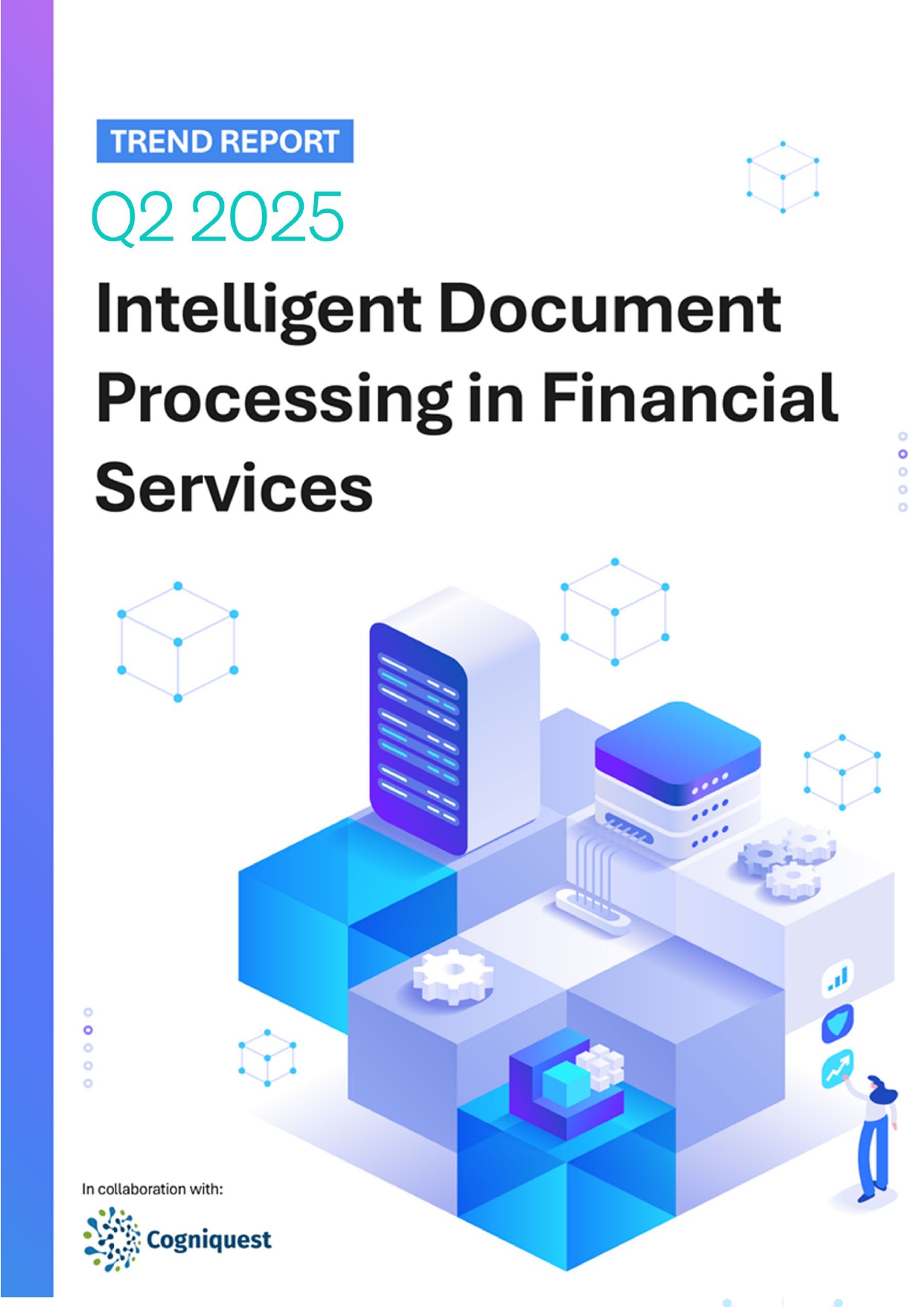
Intelligent Document Processing in Financial Services Q2 2025
Know More